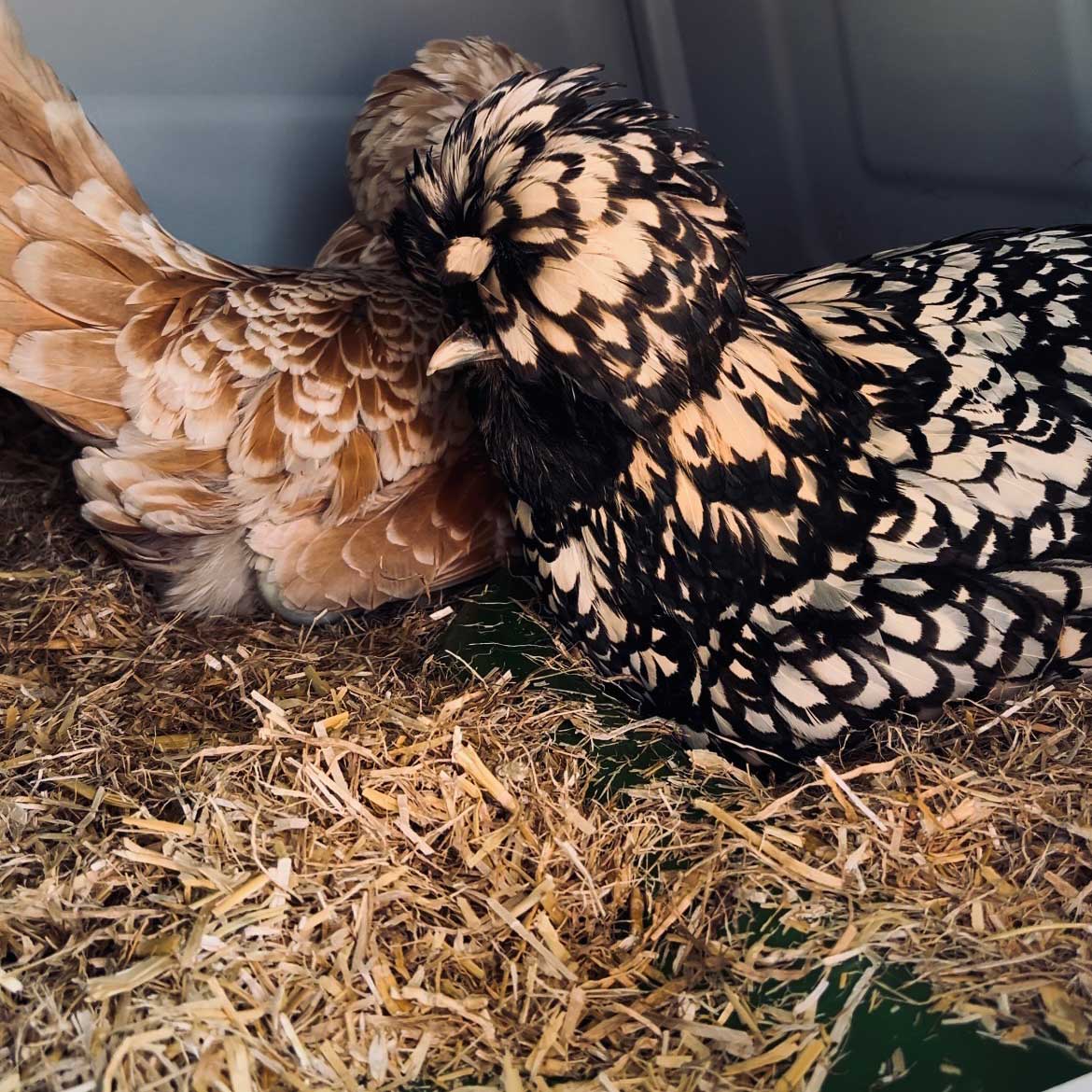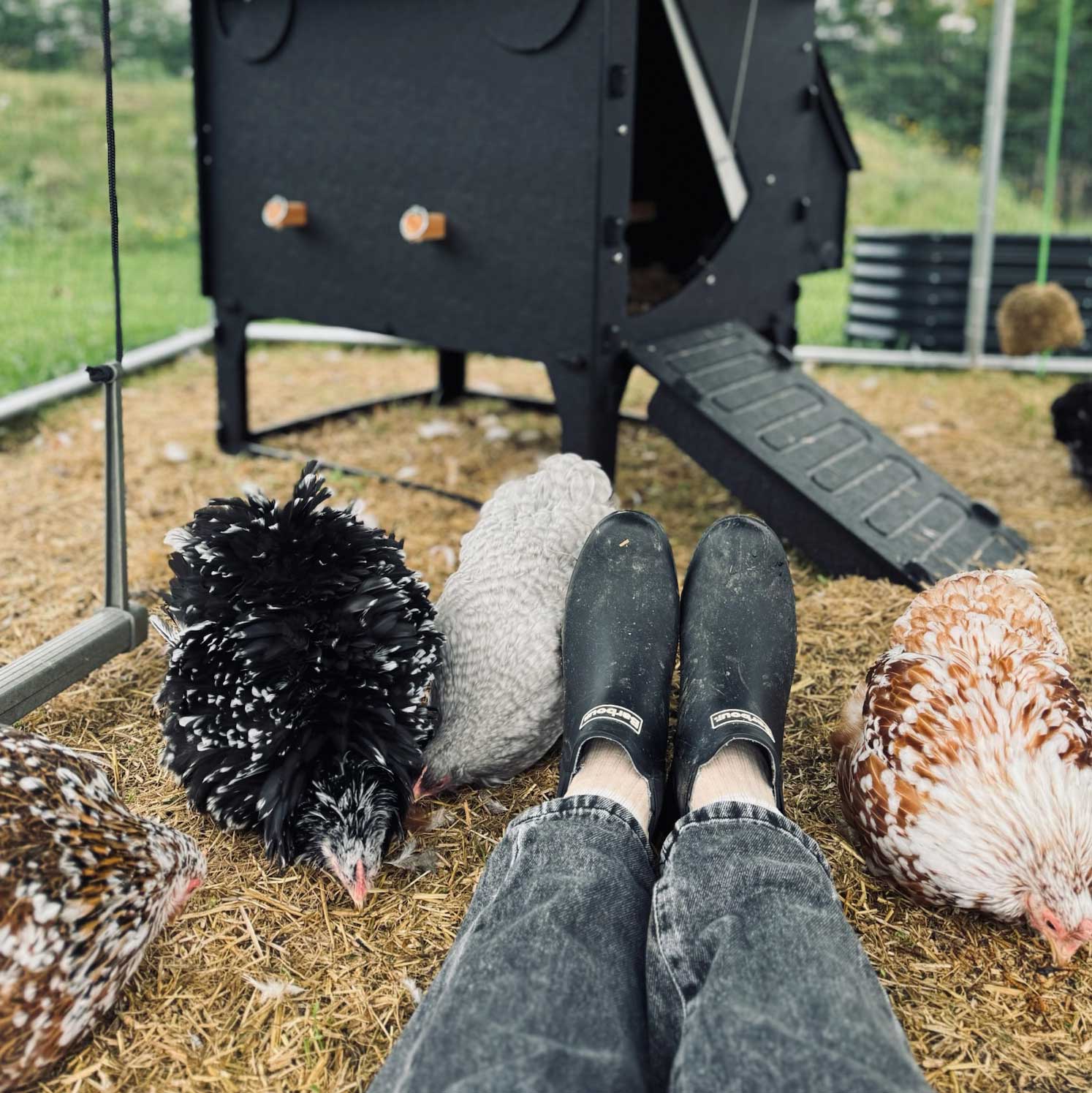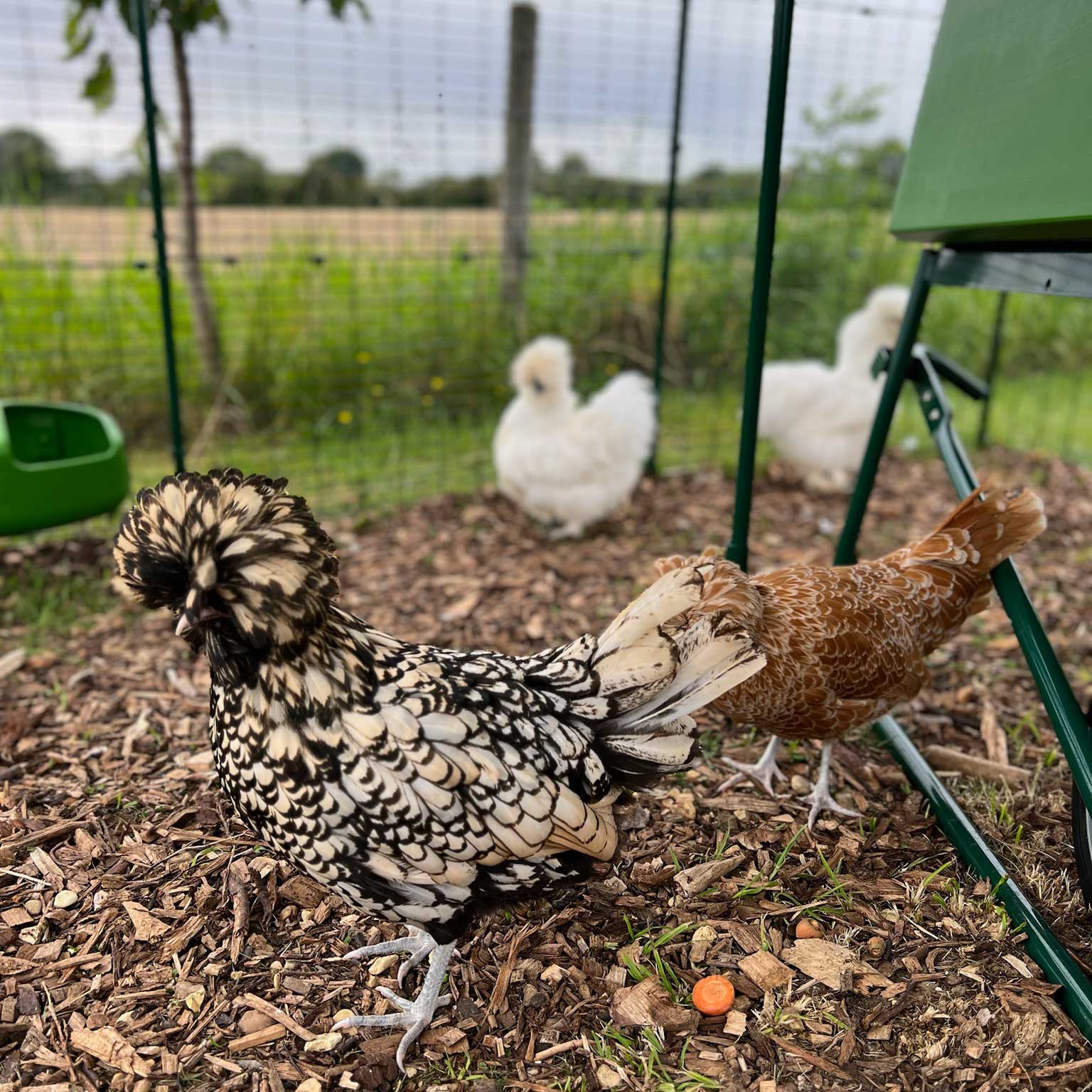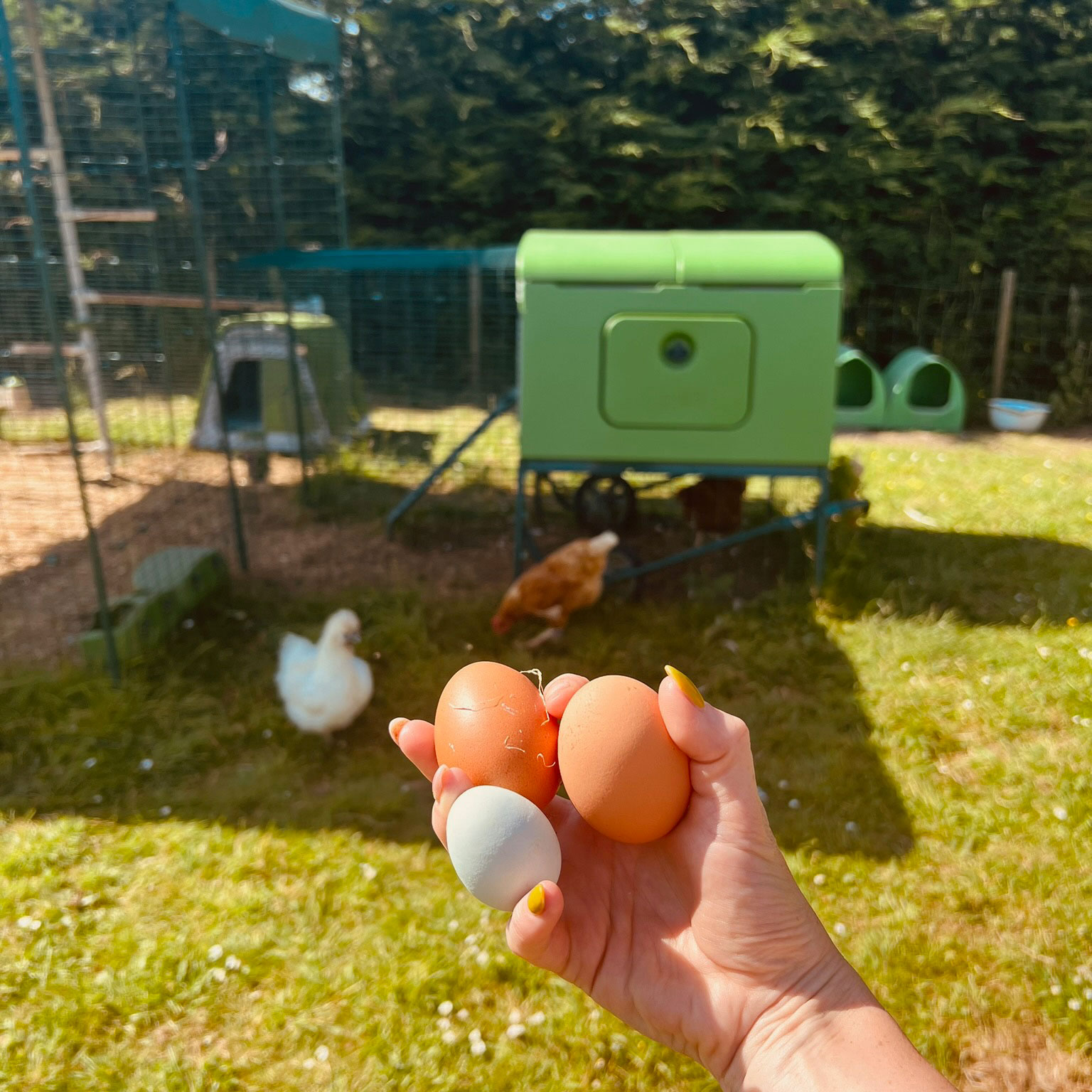


How Many Nesting Boxes Do I Need for My Chickens?
If you’re new to chicken keeping, or even if you’ve been in the game a while and your flock is growing, it’s always worth keeping check and making sure your setup is working as well as it can be. Ensuring you have enough nesting boxes is crucial for keeping your hens happy.
The golden rule is one nesting box for every three hens. And that’s the minimum we’d recommend. Why? Because hens can be fussy. They like a bit of privacy, a comfy spot, and they often have a favourite box. If you’ve got too few nesting spots, you’ll probably find your chickens squabbling over the same one, piling in on top of each other. And yes, they will probably just ignore the perfectly empty box right next to the one that’s currently full!

Why the Right Number Matters
Nesting boxes are essential for keeping your flock happy, your eggs clean, and your sanity intact. When hens don’t have enough boxes, they’ll start getting creative. You might find eggs in the coop corners, under bushes, behind the feed bin… anywhere they can tuck themselves away. And if they’re laying eggs on the ground, that means your eggs are at risk of getting broken.
Enough nesting boxes means:
- Fewer broken eggs
- Less stress for your hens
- Easier egg collection for you
- A more hygienic environment (nobody wants a trampled egg mess)
Can I Have Too Many Nesting Boxes?
Technically, yes. If you go overboard and add a nesting box for every hen, you’ll just end up with a load of unused boxes which will still need cleaning. Chickens are social animals, but they also love to copy each other, so even if you have five perfect nesting boxes, they might still all queue up for the same one. It's not always logical, but it's very chicken.
Stick with the one-to-three ratio and you’ll be in a good place. For example:
- 3 hens = 1 nesting box
- 6 hens = 2 nesting boxes
- 9 hens = 3 nesting boxes
If your flock is very large, you may find you can stretch that ratio slightly if your hens are good at taking turns (some are better than others), but you’ll quickly know if there’s a problem. Watch out for queuing, nudging, or grumpy behaviour around egg-laying time.

What If I Don’t Have Room in My Coop?
Not every coop comes with a palace of internal nesting space, and if you’re keeping chickens in a compact setup, it’s totally fine to get a bit creative. External nesting boxes can attach to the outside of your coop, creating little lean-to shelters in the run, or even upcycle old crates, drawers, or plastic tubs as long as they’re safe, dry, and accessible.
The key things to remember:
- Nesting boxes should be sheltered from wind and rain
- Hens like low lighting and privacy when laying
- Place boxes off the ground if possible to discourage rodents and damp
- Use a comfy lining (we like hemp, straw or nesting pads) and keep them clean
If your hens start avoiding the boxes you’ve provided, it’s often a clue that something’s not quite right, maybe they are too exposed, too bright, not clean enough, or just plain unpopular. You may have to use some trial and error, but that's all part of the fun.
When Hens Share (and When They Don’t)
Even when you provide the perfect number of boxes, hens might still all try to lay in the same one. Definitely not a chicken-keeping failure, just flock dynamics. Sometimes a box gets “favourite” status, and that’s that. However, giving them options is still important, especially if a box becomes faulty, breaks, or suddenly falls out of favour.
Do Nesting Boxes Need to Be in the Coop?
Not necessarily, as long as your chickens are safe from predators and the elements, nesting boxes can go in the run, in a sheltered corner of the garden, or even in a converted shed or outbuilding. The key thing is that your hens know where to go—and that you can easily reach the eggs when it's time to collect them.
Just be aware that if boxes are too far from the coop or not part of their regular routine, some hens might get confused or go rogue with their laying. Hens will appreciate consistency.

Buying Hen Nesting Boxes
So, how many nesting boxes do you need? At least one for every three hens, or more if you’ve got space and particularly choosy birds. You don’t need to go overboard, but you do need to be thoughtful. The right number of nesting boxes can make all the difference to ensure a calm, happy coop.
Don’t worry, if you need to add more later, chicken keeping is all about adapting as you go. And remember, it’s not about having the fanciest boxes, it’s about having enough of them, placed in the right spots, and keeping them nice and clean.



